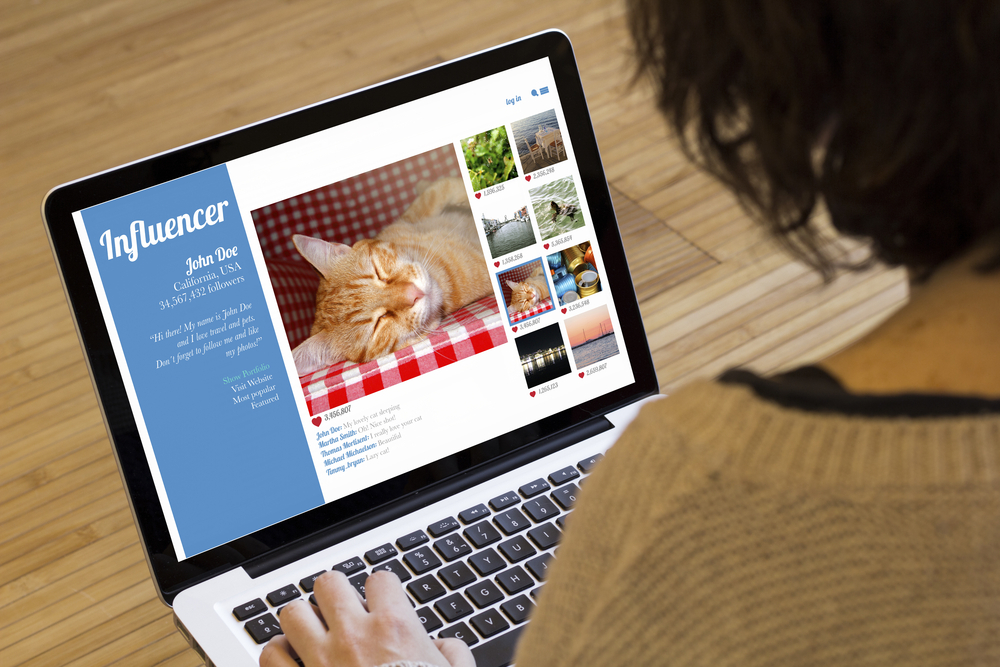When it comes to using images in your projects, proper attribution is crucial. Getty Images, a leading provider of stock photos, has specific guidelines for crediting their images. This not only respects the rights of the photographers but also helps you avoid potential legal headaches. Whether you're a blogger, marketer, or designer, understanding how to attribute Getty Images correctly is essential. Let’s dive deeper into the world of
Understanding Getty Images Licensing

Before using any image from Getty, it’s important to grasp the various types of licenses they offer. Here’s a breakdown:
- Royalty-Free License: This allows you to pay a one-time fee to use the image multiple times without additional costs. However, there are limitations on how you can use the image, especially in a commercial context.
- Rights Managed License: This type of license gives you specific permissions for use, often tailored to your project. The cost varies based on factors like duration, distribution, and exclusivity.
- Editorial Use Only: Images under this license can only be used for non-commercial purposes, like news articles or blogs discussing current events. Commercial use is strictly prohibited.
When you decide to use an image from Getty, you must ensure you’re clear about the license. Each image comes with its own set of rules, so always read the licensing agreement. Here’s a handy table to help differentiate between the licenses:
| License Type | Usage Rights | Cost |
|---|---|---|
| Royalty-Free | Multiple uses, no additional fees | One-time fee, varies by image |
| Rights Managed | Specific usage, tailored terms | Varies widely based on terms |
| Editorial Use Only | Non-commercial use only | Standard fee for image |
Understanding these aspects of Getty Images’ licensing will empower you to make informed decisions when selecting images for your next project. Always remember: attribution matters!
Also Read This: How to Upload Image on Getty Images – A Photographer’s Guide to Uploading Content
3. Importance of Proper Attribution

When it comes to using images from Getty, proper attribution is not just a courtesy; it’s a legal requirement and a way to show respect to the creators of these works. Here’s why proper attribution is so important:
- Legal Compliance: Failing to provide proper credit can lead to legal issues. Getty Images protects its intellectual property vigorously, and using their images without attribution can result in copyright infringement claims.
- Respect for Creators: Photographers and artists invest their time, effort, and creativity into their work. Crediting them appropriately is a way of honoring their contribution to the visual landscape.
- Credibility: Including proper attribution builds trust with your audience. It shows you value sourcing and integrity in your content, enhancing your credibility as a creator or brand.
- Professionalism: Demonstrating proper attribution showcases your professionalism. It indicates that you're aware of and adhere to ethical standards in content creation.
- Encouragement of Creativity: By crediting creators, you play a part in a larger ecosystem that supports and encourages the creation of new works, enabling artists to continue producing incredible content.
In a digital world full of shared images, giving credit ensures that artists can gain the recognition they deserve while protecting you from potential legal actions.
Also Read This: How to Submit Your Photos to Getty Images and Get Paid for Your Work
4. Methods for Crediting Getty Images

Now that you understand the importance of proper attribution, let's explore how you can credit Getty Images effectively. There are several methods, and the correct one often depends on your preferred platform or medium. Here are the most common ways:
| Platform | Attribution Method |
|---|---|
| Blog Posts | Include a caption below the image, such as: “Image by Photographer’s Name from Getty Images” |
| Social Media | In your caption, add: “Photo by Photographer’s Name on Getty Images” |
| Presentations | Add a small text box at the end of the presentation with: “Image Courtesy of Getty Images” |
| Websites | Place the credit in a visually unobtrusive yet clear part of the page, such as: “Image courtesy of Getty Images” |
Regardless of which method you choose, make sure the attribution is clear and easy to read. This demonstrates your commitment to respecting the artists’ rights and your adherence to best practices in content creation.
Also Read This: how to put images in shapes in canva
Best Practices for Image Attribution
When it comes to crediting images, especially those sourced from Getty Images, adhering to best practices is crucial to maintain professionalism and respect copyright. Here are some tips to ensure that you're attributing images properly:
- Follow Getty's Guidelines: Always review and comply with Getty Images' specific attribution requirements. They often provide detailed instructions for how to credit their images appropriately.
- Include the Credit Line: Make sure to include the full credit line as specified, typically stating the photographer's name and the source, like this: "Photo by [Photographer Name] on Getty Images."
- Use Direct Links: If you're using the image online, link directly to the image on the Getty website. This not only gives proper credit but also drives traffic back to the source.
- Place Credits Near the Image: Always attribute the image right next to it. For example, you can place the image credit below the image or in the caption; this makes it clear to your audience where the image came from.
- Be Clear and Concise: While it’s important to provide necessary details, keep your attribution simple. Avoid cluttering it with unnecessary information.
By following these best practices, you'll be ensuring that you give proper recognition to the talented creators of the images you use.
Also Read This: Effective Strategies for Removing Photos from Getty Images and Using Your Own Content
Common Mistakes to Avoid in Image Credit
When it comes to crediting images from Getty, it's easy to make mistakes—even unintentional ones can have serious consequences. Here are some common pitfalls you should steer clear of:
- Omitting Attribution: One of the biggest mistakes is forgetting to include any credit at all. Always remember that using someone else's work without credit is a violation of copyright.
- Incorrect Formatting: Failing to follow the formatting guidelines can lead to misattribution. Make sure you understand how to format the credit line, including name and source.
- Using Outdated Information: Sometimes people use old images with outdated credits. Always verify that you have the most recent attribution guidelines from Getty Images.
- Inaccurate Credits: Double-check the photographer’s name and the title of the image. Providing incorrect information can mislead your audience and disrespect the photographer's work.
- Ignoring Licensing Restrictions: Not all images on Getty Images are free to use, and some may have specific restrictions. Ignoring these can lead to legal troubles. Always review the licensing terms before using an image.
Avoiding these common mistakes will help ensure that you’re honoring copyright laws and respecting the creators who share their work with us.
How to Properly Credit a Getty Image for Attribution
When using Getty Images in your blog posts, articles, or other creative projects, properly crediting the source is crucial for legal and ethical reasons. Proper attribution helps maintain the integrity of the original work and respects the rights of the artists and photographers who created it. This guide outlines the steps you should follow to ensure correct and effective attribution for Getty Images.
Steps to Credit a Getty Image:
- Check the Licensing: Before using any Getty Image, verify the licensing terms associated with it. The licensing will specify how the image can be used and how attribution should be given.
- Locate the Credit Line: Getty Images typically provides a credit line or caption that indicates how to credit the image. Always use this specific credit line when available.
- Include Photographer's Name: If the credit line specifies the photographer's name, include it as part of your attribution. This acknowledges their contribution and work.
- Format the Attribution: The standard format for attribution usually includes the name of the photographer, the title of the work (if applicable), and a notice indicating the source, such as "Image by [Photographer's Name] / Getty Images." Here’s a simple example:
| Example Attribution |
|---|
| Image by John Doe / Getty Images |
Best Practices:
- Use clear and legible fonts for readability.
- Place the attribution close to the image, preferably below or beside it.
- Ensure the credit is prominent enough that it cannot be easily overlooked.
In conclusion, proper attribution of Getty Images is essential for respecting creators' rights and maintaining the integrity of your own work. Adhering to the steps and best practices outlined above will ensure you credit these valuable resources correctly.
 admin
admin








